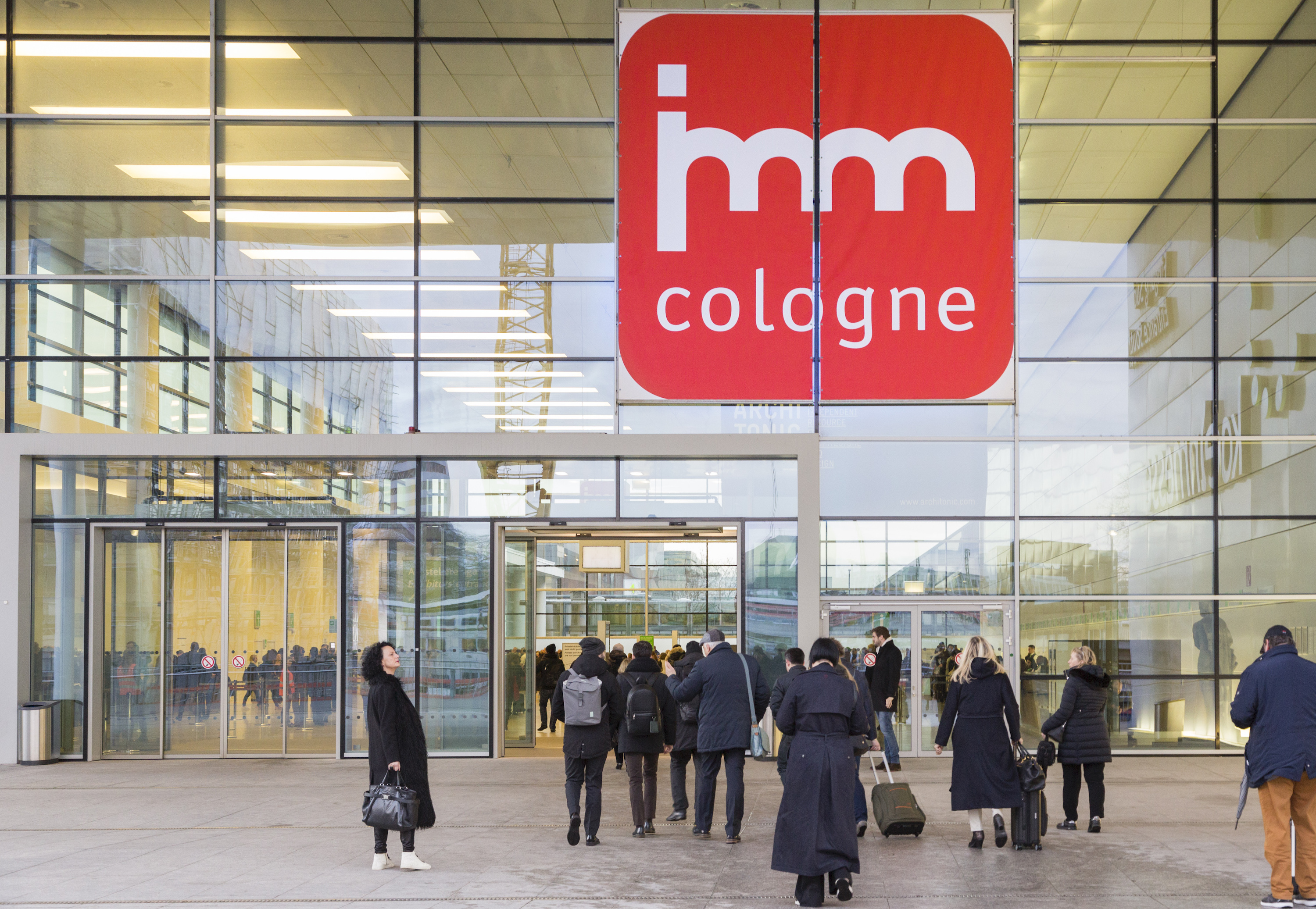New role for the home as a filter between the indoors and outdoors
Everything seems different this year. In every community around the globe, our lifestyles are being put to the test, called into question and adapted in the face of the pandemic. The interiors sector is one area of the economy that’s used to responding to changes in consumer behavior. “It’s important that this ability to adapt is backed up by a versatile trade fair layout. Trade fairs have a vital role to play in their function as marketplaces and catalysts – particularly in the current situation,” states Matthias Pollmann, Vice President Trade Fair Management, whose responsibilities include the topic areas of furniture, interior decoration and design at Koelnmesse. “A trade fair like the Interior Business Event, imm cologne, is always evolving. In recent years, it has been continuously adapted to market requirements that have been changing more and more rapidly. In our strategic planning, we’ve already anticipated much of what will now be required. This will now start to pay off.” And, although nobody could have reckoned with events moving so quickly, Pollmann believes that the trade fair is in a strong position: “We have a vision for imm cologne that will raise its role as a source of inspiration and platform for innovation to a new level – and we now want to pursue this vision with a clear focus and see 2021 as the year it will be put into practice. I think our timing is spot on,” concludes Pollmann, with an eye to the challenges facing the industry.
New perspectives on the future of home living
What does it mean for the way we live when intensive use of digital media, the overlapping of our professional and private lives and the desire for a safe haven and a place to experience nature all come together within our comfort zones? In the future, the quality of our living environments will be defined not only by the way the rooms are laid out and furnished, but also by the transitions between the indoors and the outdoors. Architecture and interior design experiment with open facades, loft-like concepts and items of furniture that take on space-management functions. Wi-Fi and connectivity are just as much a part of modern living as comfortably appointed balconies or gardens, home offices and spaces designed for socializing.
Trends like these are also changing the trade fair landscape. At the Interior Business Event, imm cologne, for instance, a purpose-built hall will make room for the sector’s growing connectivity. “As a trade fair that embraces all aspects of interior design, we’re experiencing growing interest in the home as a common interface even for industries that are traditionally far removed from the home-living sector,” says Matthias Pollmann. As he goes on to explain, with a view to the economic challenges in the wake of the coronavirus crisis: “We want to reflect the entire world of home furnishings and have to take a proactive approach to addressing current developments in order to support our exhibitors as they start a new chapter. After all, trends aren’t just about new colors – they’re about business.”
What are the three key trends that will play a role in this changing world?
1. The home as a hub
The infrastructure inside (think connectivity) and outside our homes is becoming ever more important. Our digitally managed energy supplies are being complemented by autonomous units like pellet heating and solar energy – important issues for smart homes. However, the increasing role of logistics in domestic arrangements will also call for a high degree of compatibility when it comes to service rooms and docking stations in apartment buildings and private houses.
But above all, the home office is set to become a permanent feature of the way many homes are laid out. With video calling and videoconferencing for business, the demands on our domestic surroundings in terms of design are also growing. Who wants to be forever exhibiting their bedroom or playing children in the background when they’re on a call with colleagues? Not only will home offices have to satisfy ergonomic requirements, they’ll also need to meet certain standards with regard to professional appearance and communications. Paint manufacturers are already promoting special colour schemes for home offices. Wallpapers as cool wall coverings, room dividers, special-edition designer desks, screens and acoustic panels to separate workspaces from private areas of the home will make the selection of products for this growing range far more attractive to private individuals than it has been up to now.
2. Hospitality as a second home
Normally, trends from the world of work are adapted in the design of products for private end customers and for use in the home. However, the trend towards a cozy atmosphere, which has become established in recent years in hotels, restaurants and the events sector through the idea of German “Gemütlichkeit” and Danish “hygge”, is now set to intensify. Hospitality design will be tailored towards coziness and use original, “authentic” concepts to attract customers, cool locations will become just as important as food or music, and the “be our guest” motto will be rigorously practiced. Decoration is no longer taboo. Professional interior design is becoming the norm and reflecting the interior looks that have been adopted in private homes.
Long- and short-stay apartments represent a new segment for the interiors business. Brands from the office sector offer lines for private consumers that are more substantial and homely than conventional office furniture. At the same time, we’re discovering the opportunities that office and hotel living offer for the implementation of flexible working time models, training and Work 3.0. Executives, commuters, career starters, trainees, interns and students have very different requirements when it comes to managed urban living concepts.
“The hospitality market is changing. New models are emerging for people who are flexible in terms of time and location and who are open to living concepts such as apartment buildings and co-living projects. It’s important to create new offers for them,” says Dick Spierenburg, Creative Director of imm cologne, who anticipates good prospects for this product segment. “At imm cologne 2021, a special edition of our design event Das Haus will also create an experimental platform for innovative concepts like these in order to pick up on the important new ideas stimulating the industry.”

3. Outdoor living is becoming a basic need for nature lovers and city dwellers
The trend for outdoor living has transformed the furniture market. The “second living room” has been growing in importance over the last couple of years. It doesn’t matter whether you have a large garden or a small rented flat: balconies, patios and gardens are being revitalized and upgraded to become fully fledged living areas with high-quality outdoor furnishings, intelligent furniture concepts, water-repellent fabrics and suitable lighting solutions.
“Is it meant to be used indoors or out?” This is our almost instinctive response when faced with this new garden and patio furniture. Wood, metal, wickerwork and plastic; cotton or PVC; stone, concrete or composite materials – it’s hard to distinguish by sight alone, neither from surface texture nor the aesthetics of their workmanship. That’s because the design of these items is no longer based on typical patio furniture, but rather on what we have in our living rooms. The main thing is to be stylish. The two types of living space influence each other – and they sometimes even swap furnishings.
Overall, the future of modern home living will be characterized by open floor plans, transparency between exteriors and interiors and an awareness of the social importance of the way our living environments look. We keep an eye on trends, seek out a style of our own and exchange ideas through social media. The home is synonymous with living and being together; it’s an expression of individuality and social interaction.




